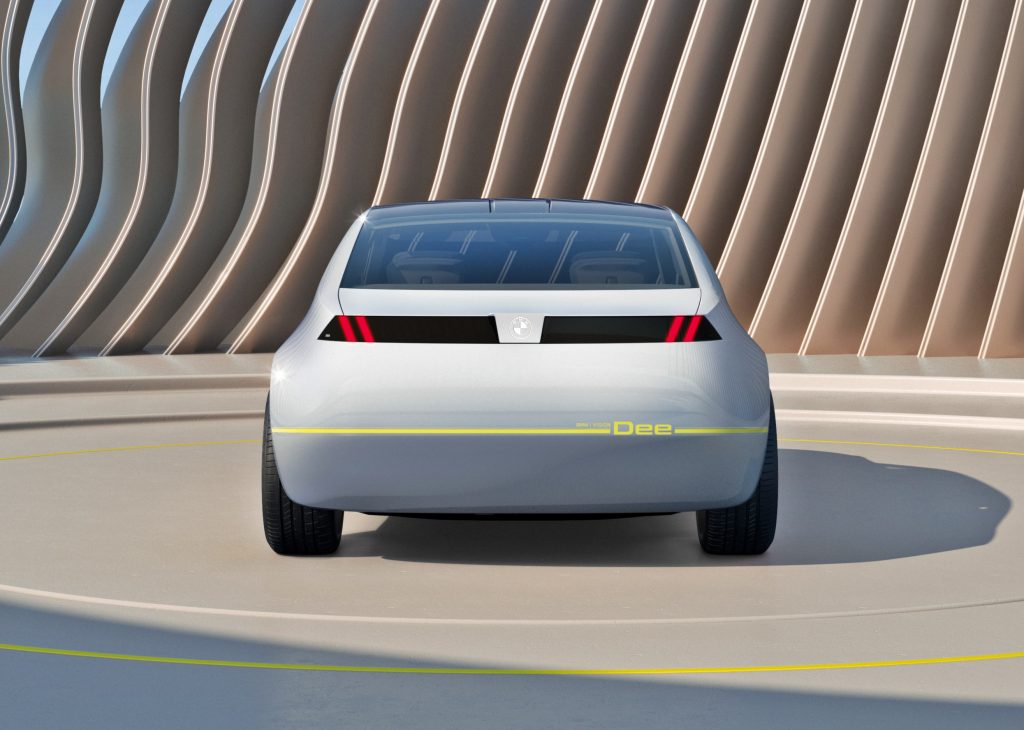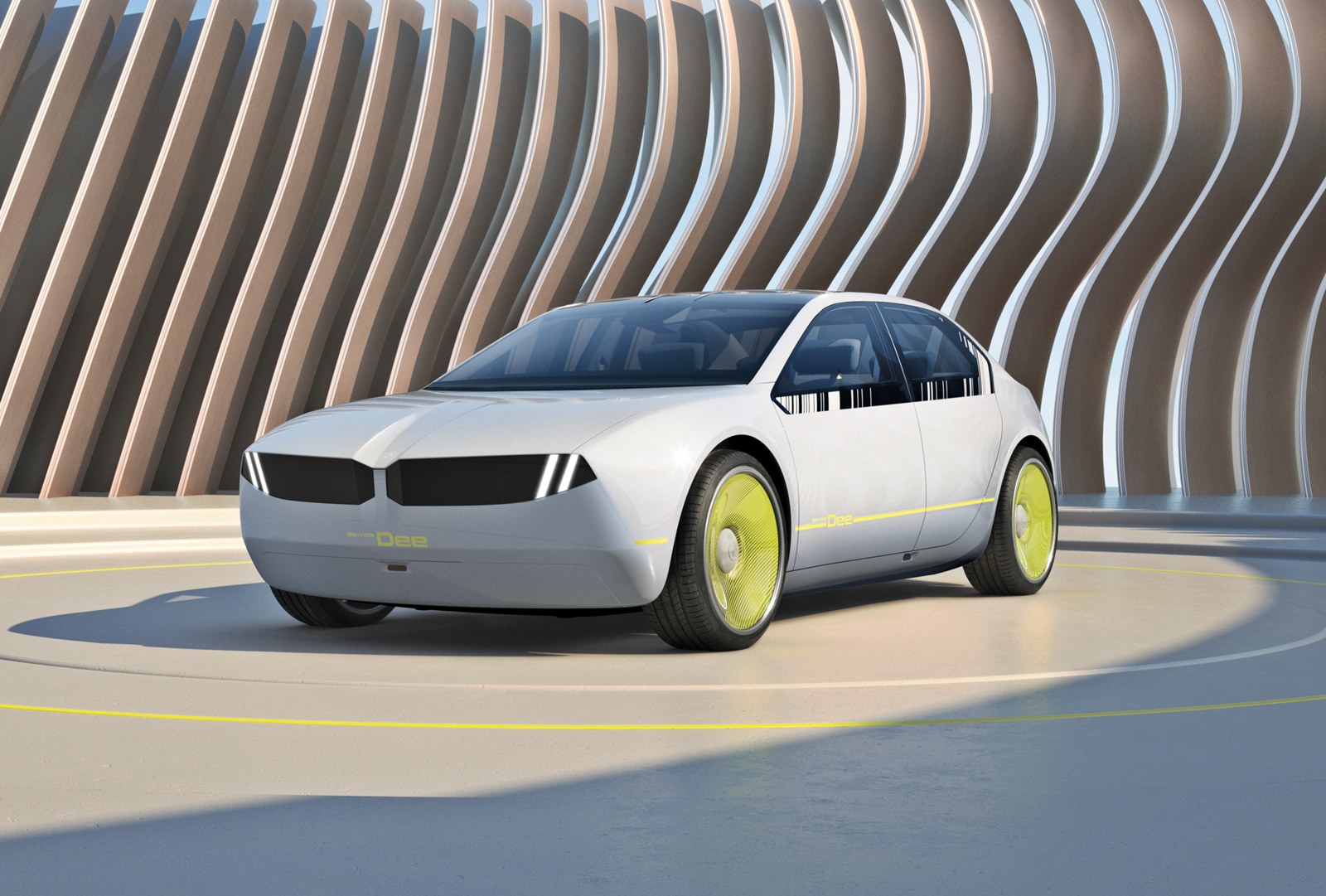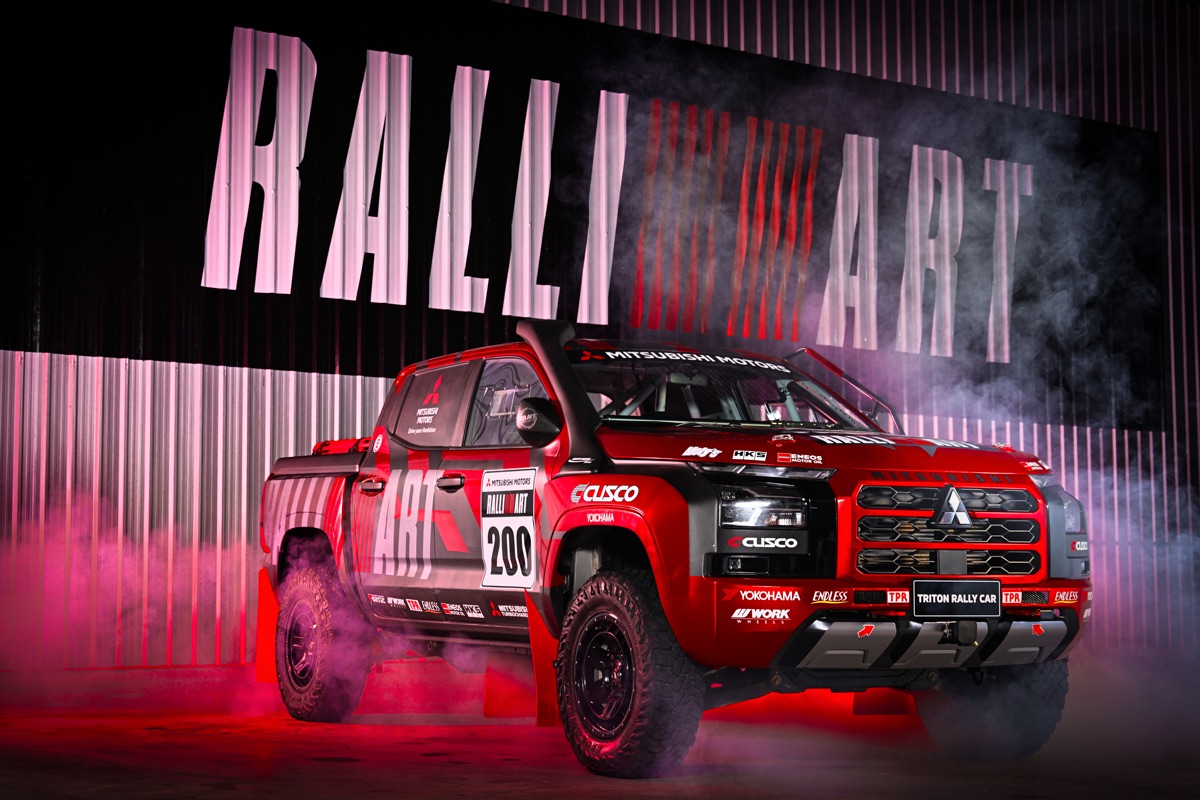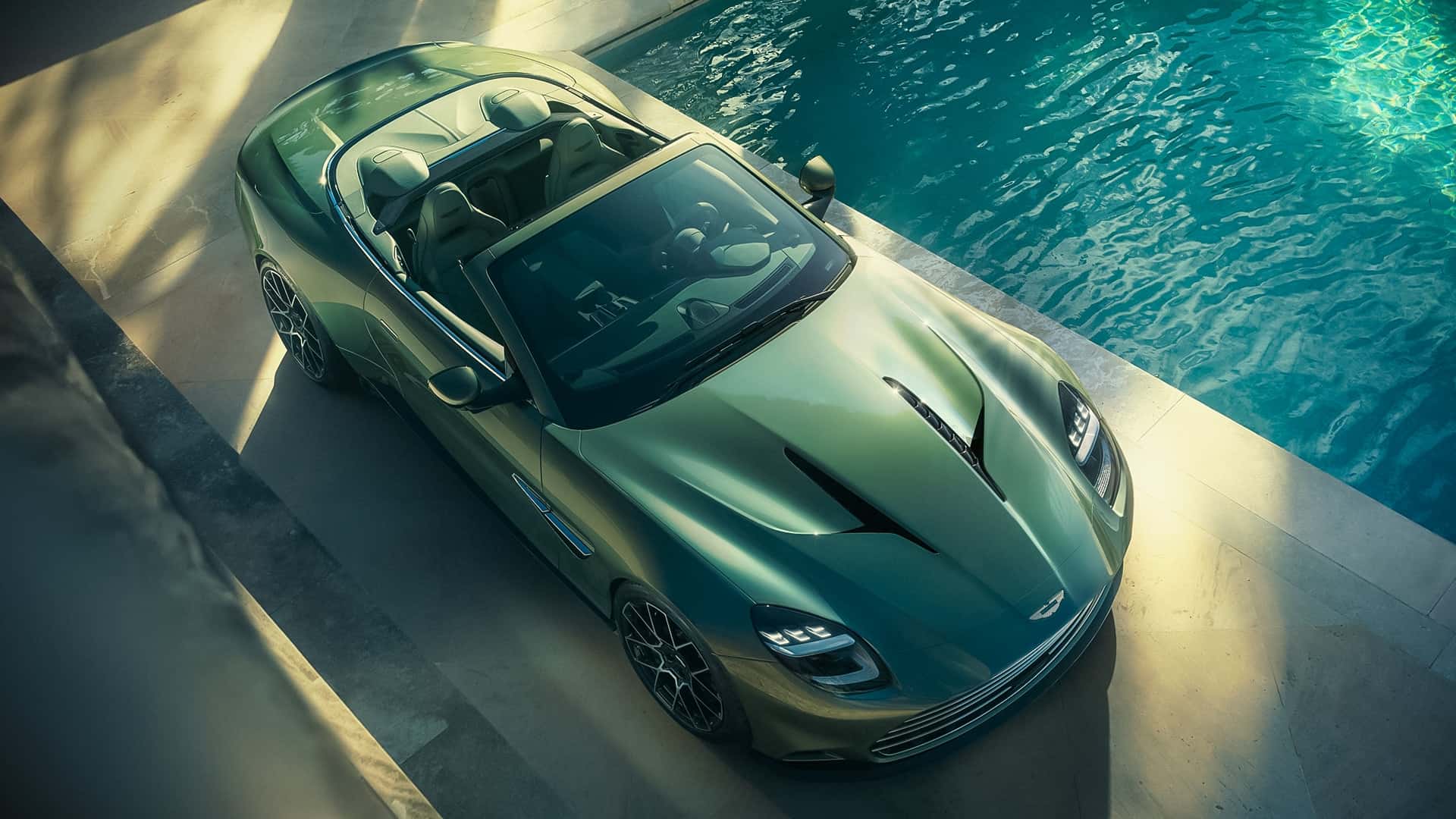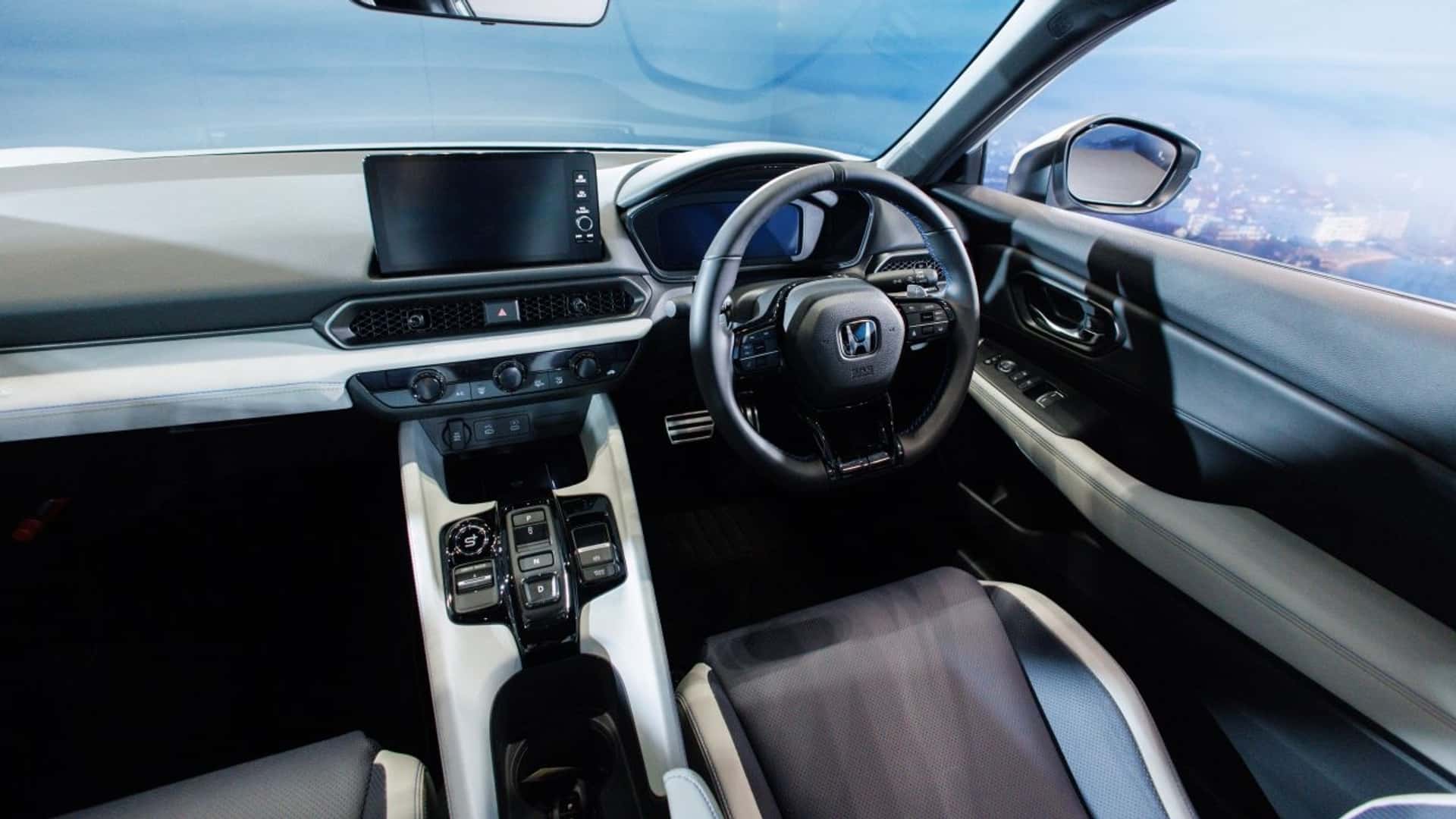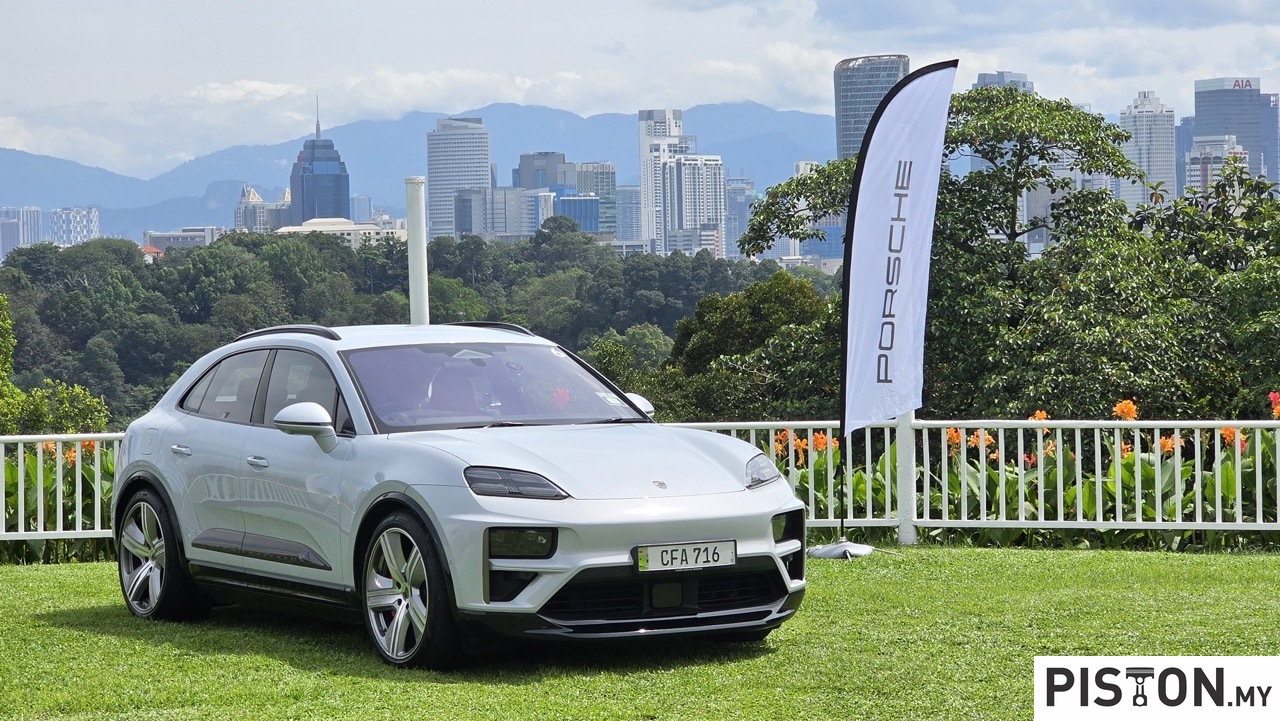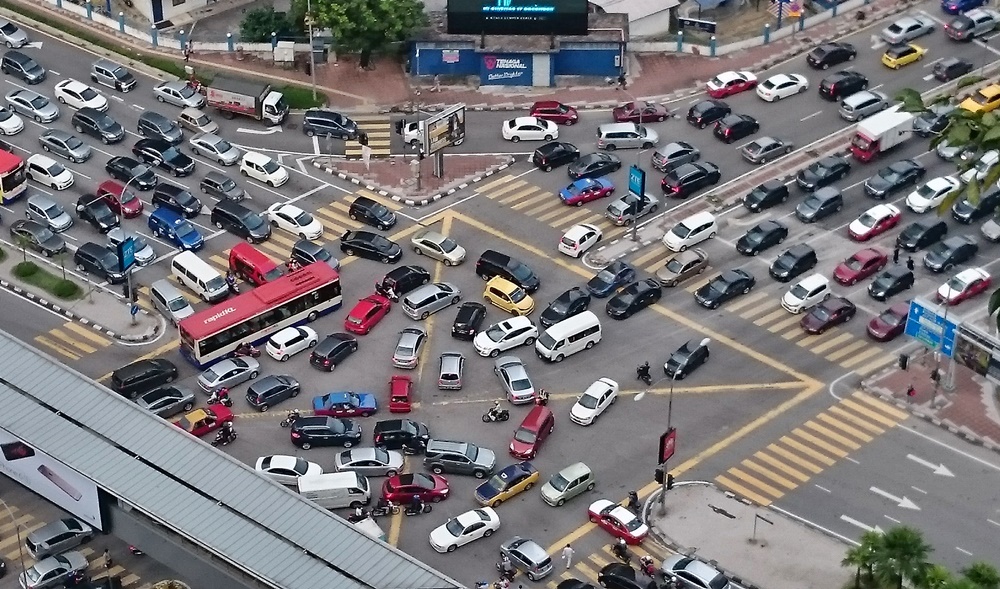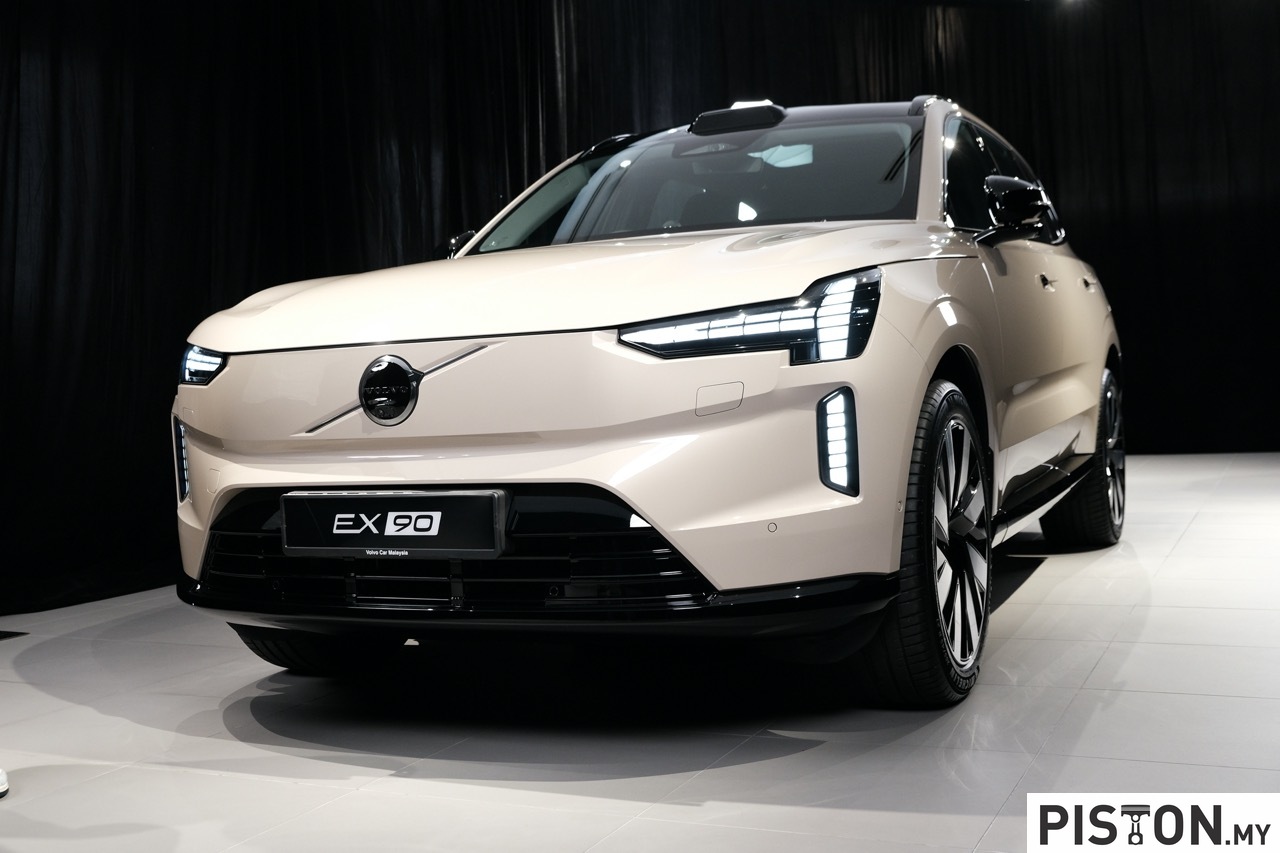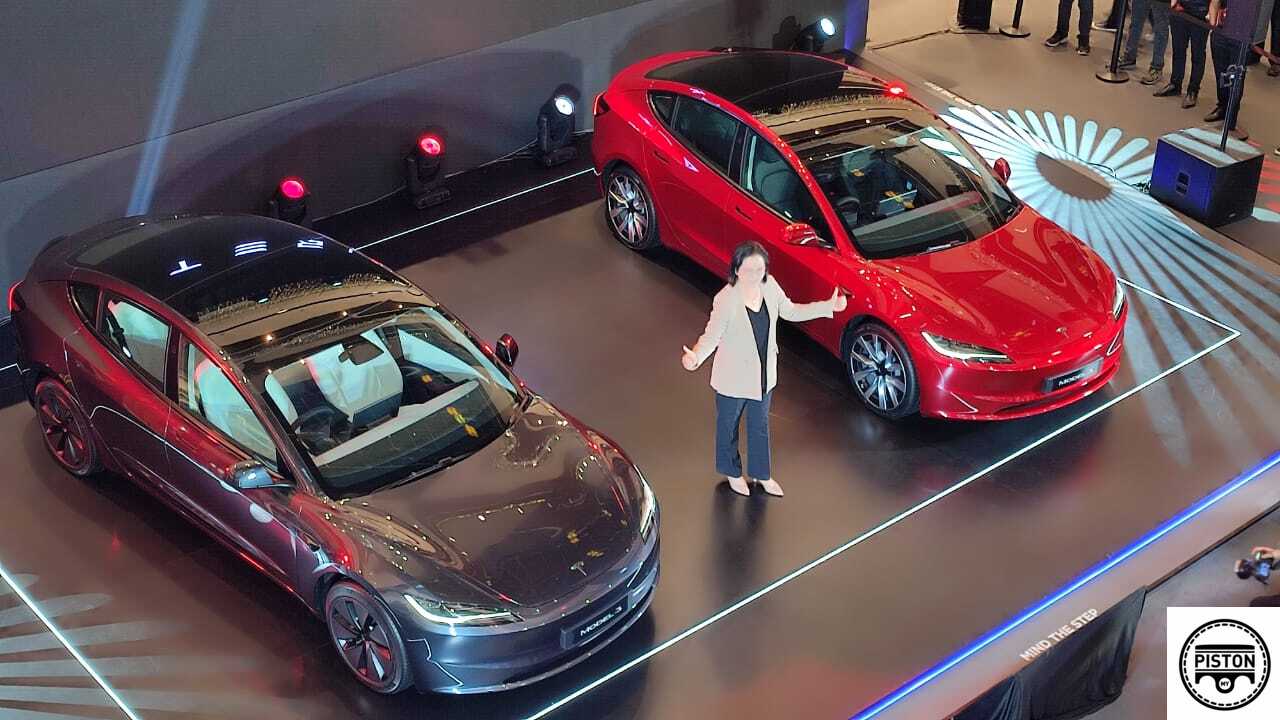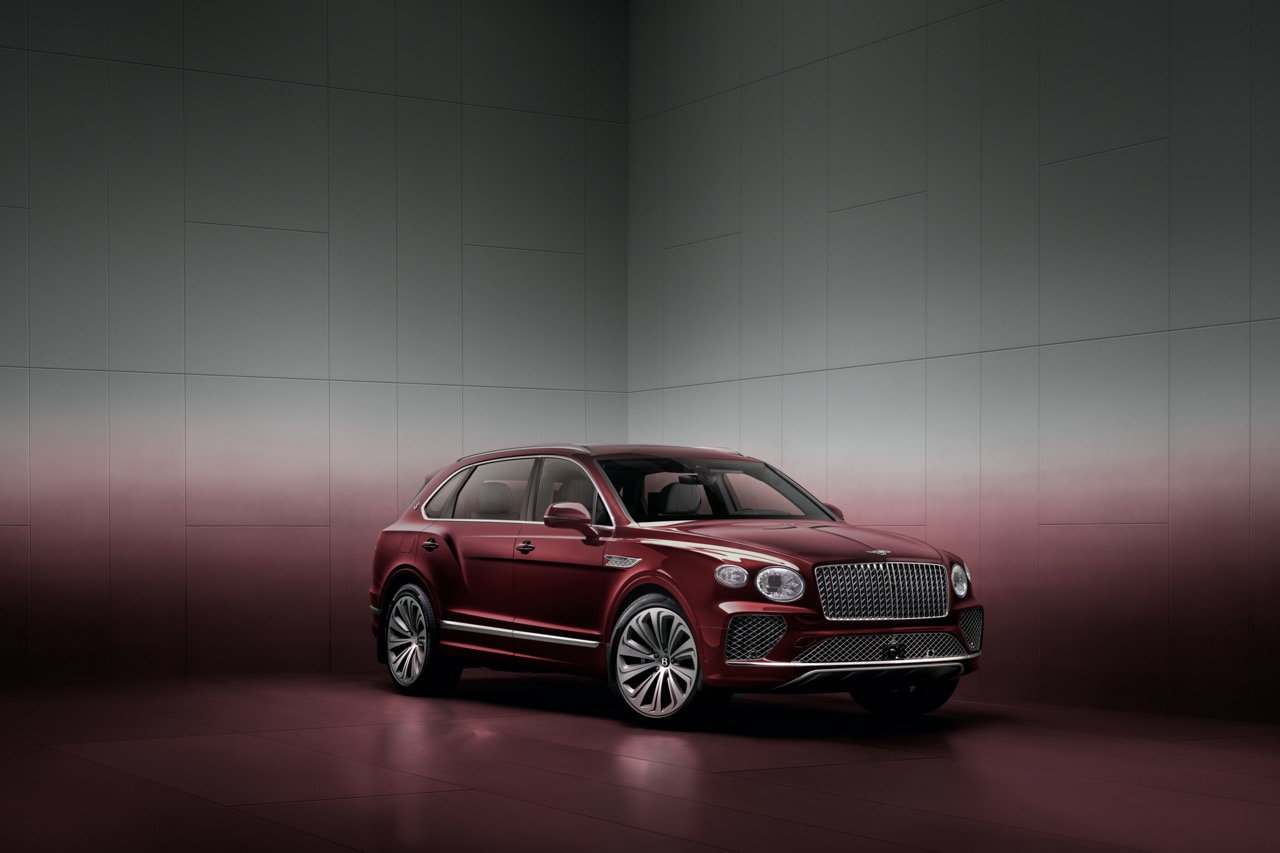In the 1950s, carmakers displayed futuristic concept cars with amazing features that were expected to be available eventually – and many of those features are commonplace today. With the BMW i Vision Dee concept, the German carmaker is also showing the sort of technological features that can be expected in its cars – as early as 2025 in the NEUE KLASSE models.
NEUE KLASSE is a brand new platform for fully electric models which will appear from 2025. It represents the third phase of the carmaker’s electrification strategy. The platform’s name is inspired by the ‘Neue Klasse’ of the 1960s, when a new range of models was introduced between 1962 and 1977. The 21st century NEUE KLASSE is, however, more than a vehicle platform as it encompasses new software architecture and promotes sustainability.
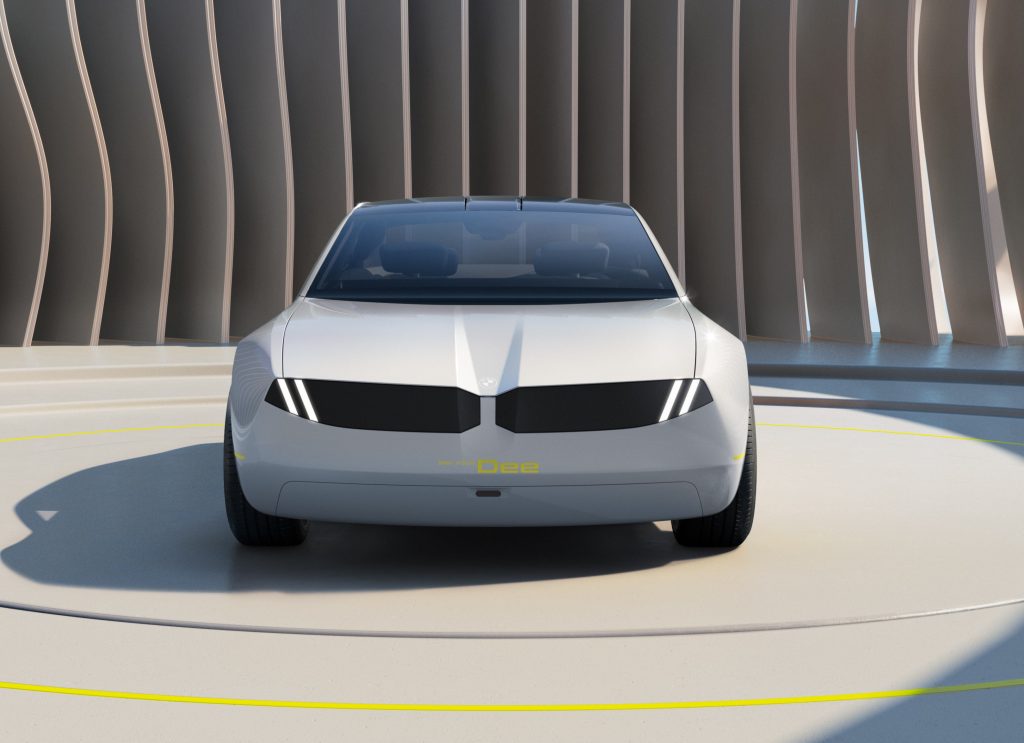
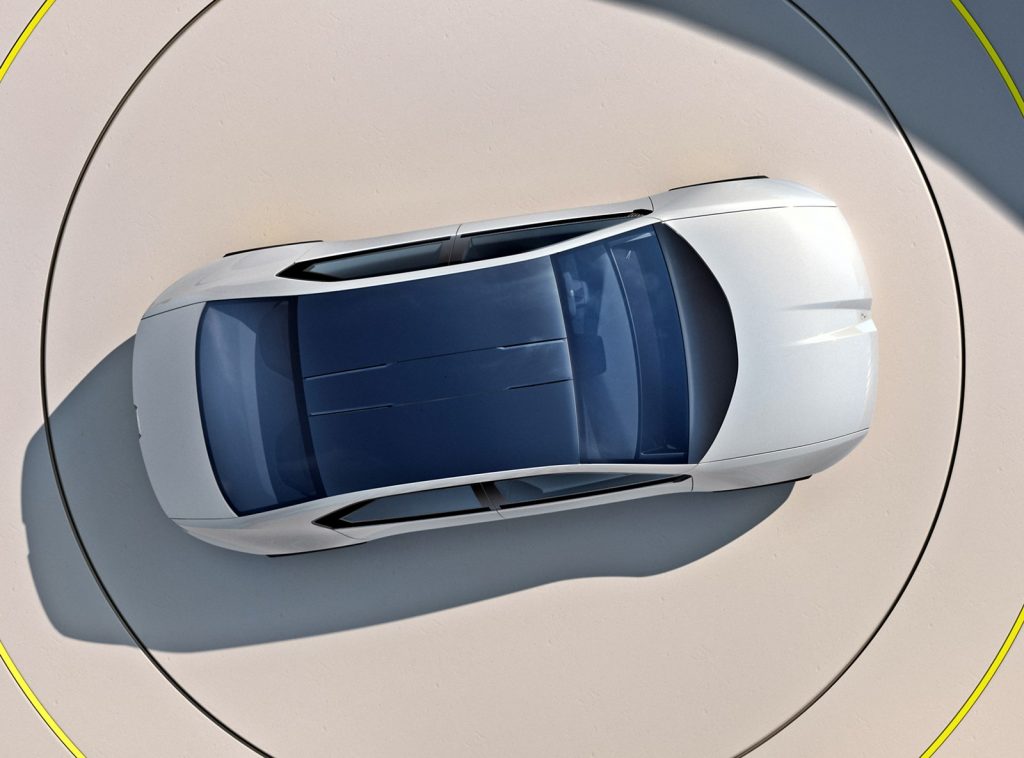
Full potential of digitalisation
“With the BMW i Vision Dee, we are showcasing what is possible when hardware and software merge. In this way, we are able to exploit the full potential of digitalisation to transform the car into an intelligent companion. That is the future for automotive manufacturers – and, also, for BMW: the fusion of the virtual experience with genuine driving pleasure,” said Oliver Zipse, Chairman of the Board of Management of BMW AG.
“At the same time, BMW i Vision Dee is another step on the road to the NEUE KLASSE. With this vision, we are looking far into the future and underlining the tremendous importance of digitalisation for our upcoming product generations,” he said.

Technology demonstrator
The name ‘Dee’ stands for ‘Digital Emotional Experience’ and the technology demonstrator showcases future digital functions that will go far beyond the level of voice control and driver assistance systems we are familiar with today. For example, the BMW Head-Up-Display extends across the full width of the windscreen, providing a glimpse of the next vehicle generation.
The digital experience begins outside the car, with a personalised welcome scenario that combines graphical elements, light and sound effects. The headlights and sealed BMW kidney grille also form a common phygital (fusion of physical and digital) icon on a uniform surface, allowing the car to produce different facial expressions.
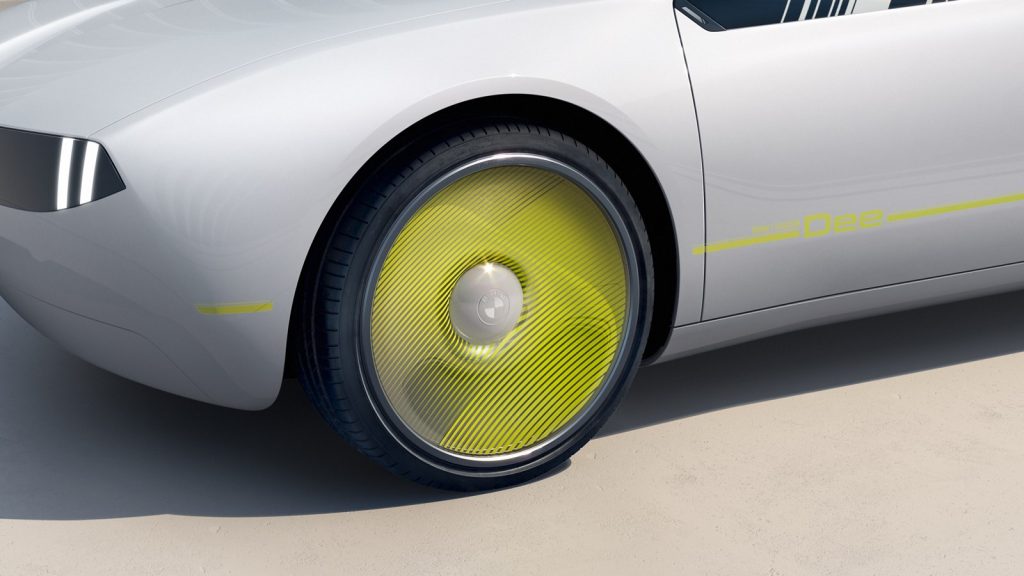
This means i Vision Dee can communicate with people, expressing moods such as joy, astonishment or approval visually. The car can also project an image of the driver’s avatar onto the side window to further personalise the welcome scenario.
Simplified design
The design of has been deliberately simplified to focus attention on the digital experience and the DNA of the BMW brand. Though the styling is simple, the bodywork can change its colours with numerous possibilities for different patterns. The technology for this uses 240 individual E Ink panels, already shown earlier on the iX Flow prototype.
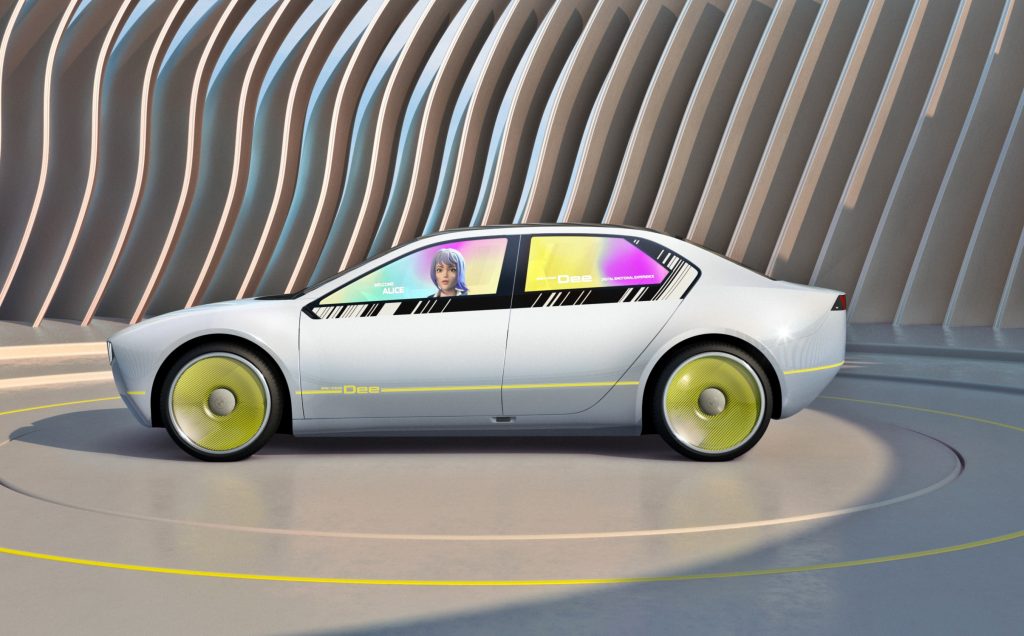
Inside, digitalisation goes hand in hand with reductive use of materials, operating controls and displays to ensure nothing distracts from the digital experience. The unconventional design of the steering wheel, with its central vertical spoke, creates touchpoints that come to life when approached or touched and can be operated by moving the thumb.
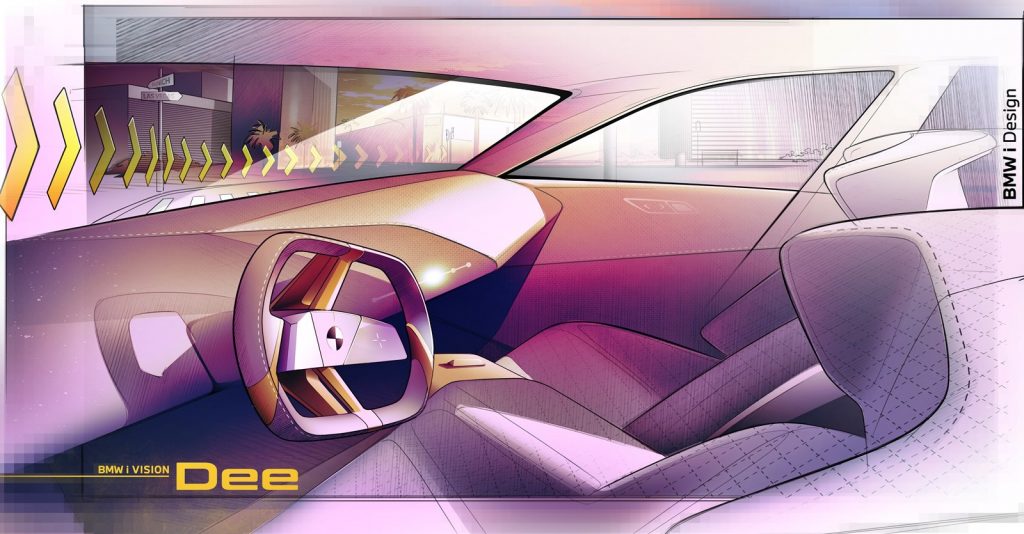
These phygital touchpoints control selection of the content projected onto the windscreen and, together with the Head-Up Display, thus support the principle of ‘hands on the wheel, eyes on the road’.
Shy-tech features
The BMW Mixed Reality Slider, in combination with the advanced Head-up Display, is the digital highlight and central operating control of the i Vision Dee. Using shy-tech features on the instrument panel, drivers can decide for themselves how much digital content they want to see on the display. In parallel, dimmable windows can also be used to gradually fade out reality.
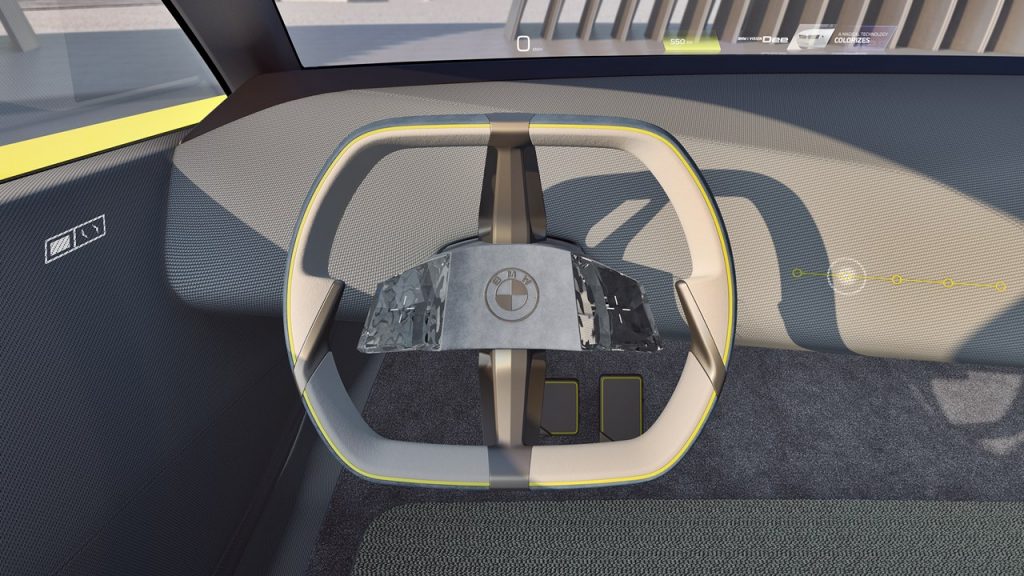
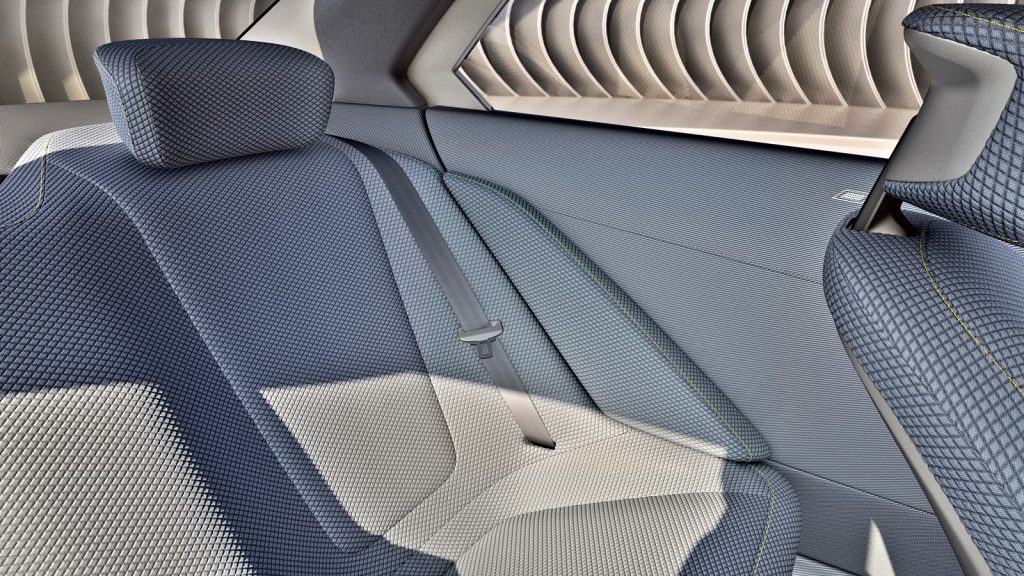
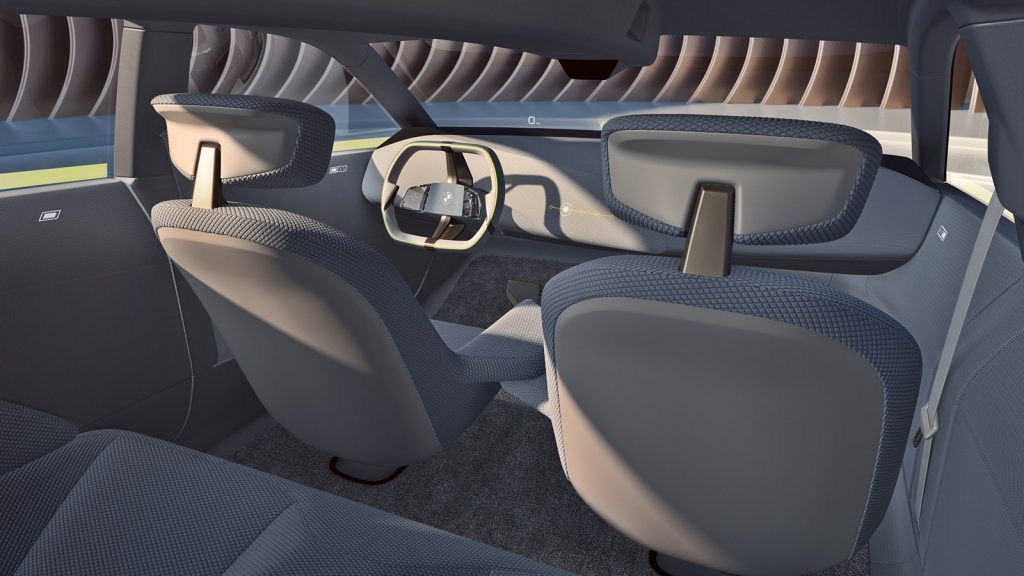
Mixed reality can be experienced in an immersive way that engages different senses without requiring any additional tools, creating a new dimension of driving pleasure for the occupants.
“With BMW i Vision Dee, we are showing how the car can be seamlessly integrated into your digital life and become a trusty companion. The vehicle itself becomes your portal to the digital world – with the driver always in control,” said Adrian van Hooydonk, Head of BMW Group Design. “Implemented the right way, technology will create worthwhile experiences, make you a better driver and simply bring humans and machines closer together.”
